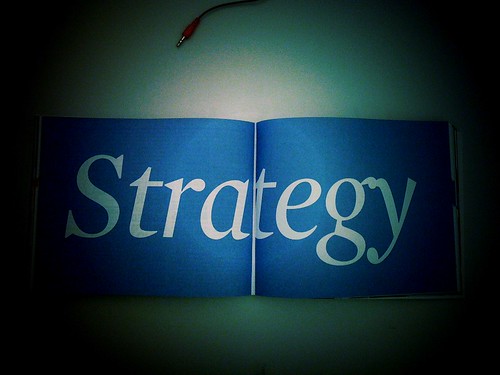If you have a business you would naturally want to maximize your marketing potential. In order to achieve this, you must utilize sources such as a mail house to push your marketing strategy over the top.
However some businesses are discouraged to utilize the direct mail approach to marketing because they think that it is expensive. Instead, these businesses put their marketing funds into advertising on television, print and radio. Then there are some companies who would go with the online approach because they believe that it serves the same purpose as direct mail, and thus offer the same benefits without the cost. What not many businesses realize is that online direct mail marketing often goes directly to mail users’ spam folders where they are not likely to be opened, let alone be read. Direct mail approach remains the most effective tool in promoting a brand or product.
With direct mail marketing, you promote your brand directly to your target market. Many companies take a wider approach to marketing by utilizing broad marketing strategies which make use of media such as print, radio, and television. A broader approach is all very well, but it offers businesses little control over whether who receives their message and leaves them wondering if their target market has seen, read or heard their pitch. Direct mail marketing eliminates any uncertainty that your message is received by targeting your clients where they live.
Enlisting the help of a mail house has been proven time and gain to boost a marketing campaign. As such, it is a smart idea to make something that has been proven effective a part of your marketing plan. A mail house can help you in each aspect of your marketing campaign. A reliable mail house can provide you with client listings that are appropriate for your brand or product, or help you search for your target market. They also have the resources to help you penetrate a bigger client base.
Employing the services of a mail house can make it easier for companies to launch their marketing campaign. Aside from providing client listings, businesses will also have the benefit of working with a team of experts who know the market and who can help him in terms of planning and strategizing their marketing campaigns. Reliable mail house has a wealth of experience in dealing with marketing campaigns and will be able to provide expert advice on how to properly market a brand or product. What is more, a mail house can also help a business create worthwhile content or copy, as well as help you come up with interesting graphics.
A direct mail marketing campaign requires creating and properly arranging various mailing components into one neat package. A mail house would be able to offer these services and more. A reliable mail house has the personnel and equipment to print, sort, address, insert, seal, package, fold, tab, apply postage to your mail, and so much more including assembling binders and laminating. If you are considering assembling the various components of your mailing in-house to save some money, think again. Doing it in-house will eat up a lot of your time and resources, and could cost you a lot of money in the long run. With a mail house, your mailing components will be assembled neatly and properly.
Because they work closely with the post office, many mail house service providers can get postage discounts and save you a considerable amount of money in the long run. Couple that with the effectiveness of direct mail marketing, and enlisting the services of a mail house makes it really worth investing in.
About the Author: I’m Kaycee Mabborang, I write for Print & Mail 4U, a company specializes in various printing and direct mail services. I have been producing top quality content at a very quick pace since 2007.



